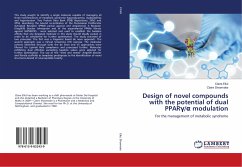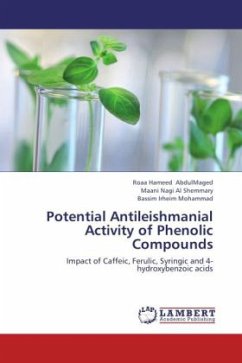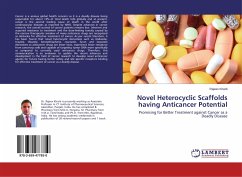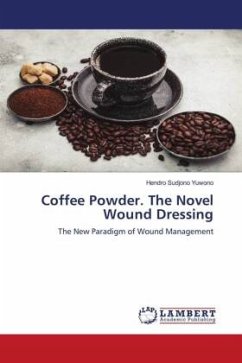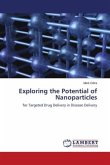This study sought to identify a single molecule capable of managing all three manifestations of metabolic syndrome-hyperglycaemia, dyslipidaemia and hypertension. Two Protein Data Bank (PDB) depositions; 3VN2 and 2P54, describing the bound co-ordinates of the Peroxisome Proliferator Activated Receptor (PPAR) partial agonist and Angiotensin II Receptor (Ang(II)R) blocker telmisartan and of the experimental PPAR fibrate agonist GW590735 - were selected and used to establish the baseline affinity that any designed molecule in this study should ideally exceed in order to be considered for further optimisation. The study consisted of two processes. The first was a fragment based de novo approach. The second approach was a Virtual Screening (VS) exercise. The molecular cohorts identified through both the de novo and VS approaches were filtered for Lipinski Rule compliance and processed further. Molecules exhibiting dual affinities exceeding baseline values were selected for further optimisation. The use of the "tried and tested" Ang(II)R blocker and fibrate scaffolds as templates predisposes to the identification of novel structures devoid of unacceptable toxicity.

